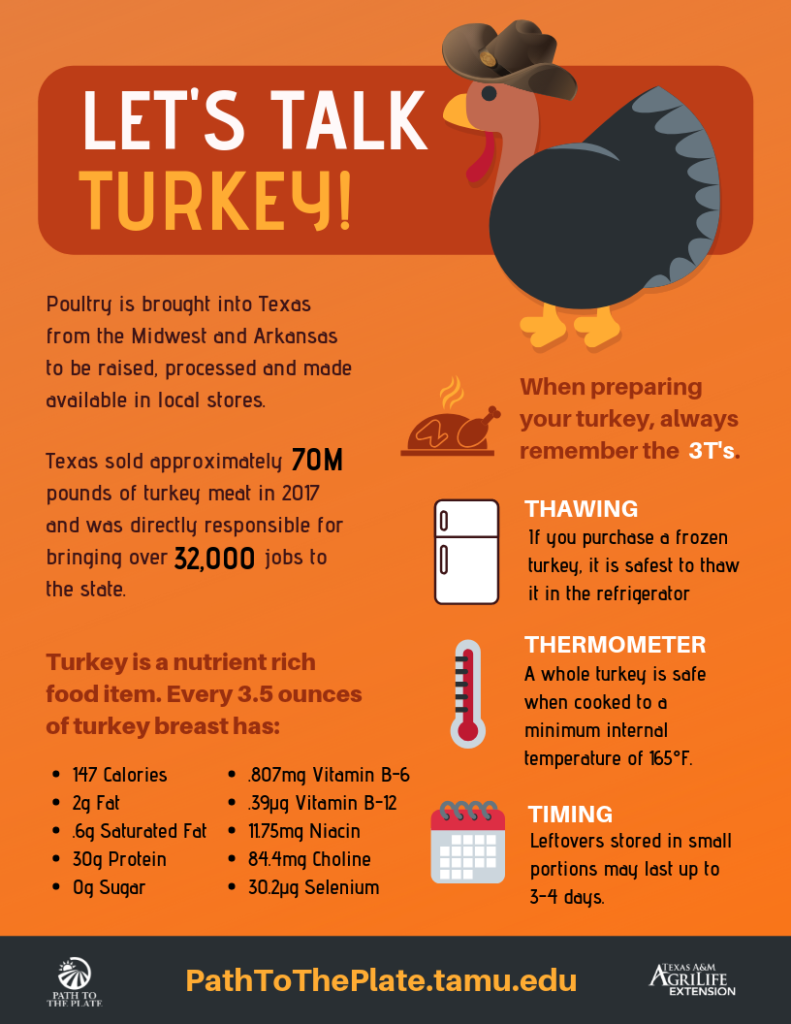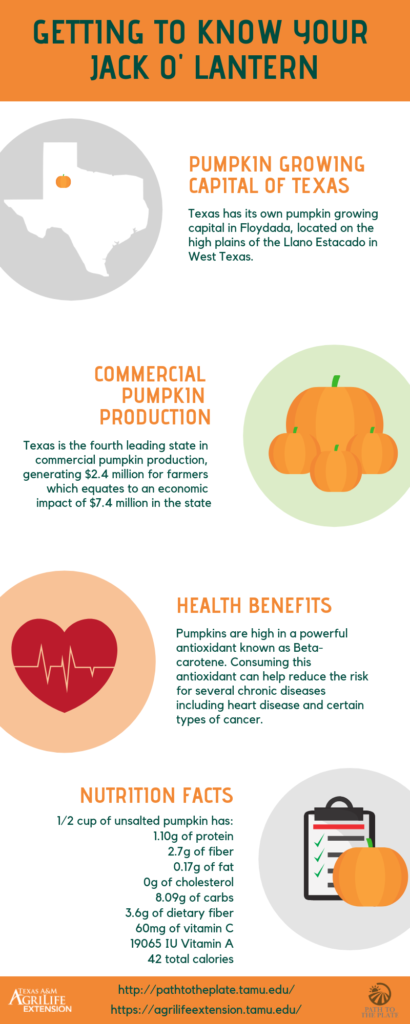Grow it:
Varieties:
- Yellow, Candy, – 1015Y, Legend
- White, Texas Early
- Red, Candy Apple
Planting:
- Onions are a cool-season crop and can stand temperatures well below freezing.
- When the plants are about 6 inches tall, thin them to one plant every 2 to 3 inches.
- The extra plants can be eaten as green onions.
Watering:
- In the spring, plants should be watered once a week.
- If the weather is dry or windy, you may water more often.
- Strong and healthy roots are important and watering plants slowly and deeply will help.
Harvesting:
- If harvesting as green onions, pick them from the time they are pencil size until they begin to form bulbs.
- For dry-bulb onions, let the plants grow larger. The onions are ready when the main stem begins to weaken and fall.
Buy it:
Chose onions that are firm and dry with a bright, smooth outer skin.
Store it:
Store onions in a refrigerator crisper or in a dry, airy place such as a wire net in the garage or carport.
Use it:
Onions have been eaten since prehistoric times and can be enjoyed in many ways! Check out the Onion and Mushroom Pork Roast from Dinner Tonight.
Savory Onion and Mushroom Pork Roast
Ingredients:
- 20 fresh baby carrots
- 3lb lean pork loin
- 1 cup button mushrooms, chopped
- 1 cup baby portabella mushrooms, chopped
- 1 large onion, chopped
- 1/2tsp Worcestershire sauce
- 1/4 tsp dried rosemary
- 1/2tsp dried thyme
- 1/2tsp black pepper
- 1(10 ounce) can reduced sodium cream of mushroom soup
- 3/4 cup chicken broth reduced-fat, unsalted
- 1tsp cornstarch
- 2tsp cold water
Instructions:
- Add carrots to the bottom of a 5-qt slow cooker.
- Add pork loin to slow cooker. In a large bowl, combine mushrooms, onions, Worcestershire sauce, rosemary, thyme, pepper, soup, and broth. Pour over pork. Cover and cook on low for 8-10 hours or until meat is tender.
- In a small sauce pan, bring 1 1/2 to 2 cups of liquid from slow cooker to a boil.
- In a small cup, combine cornstarch and water until smooth and add to the sauce pan. Stir together until thickened.
- Serve pork and vegetables with gravy.
Learn More!
Onions can be eaten raw or sautéed and served as a side dish. Onions are also a low calorie option and are high in Vitamin C and fiber. In addition, they are free of fat and cholesterol and are very low in sodium.
All information gathered by Aggie Horticulture. For more information about onions or other vegetables, visit Aggie Horticulture. For a downloadable version of this page, click here.




